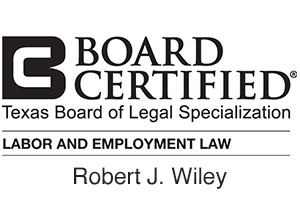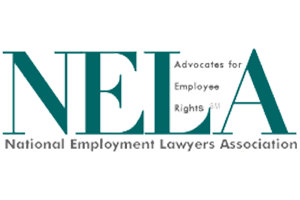in Austin, Texas
National Labor Relations Act
What Is the National Labor Relations Act?
The rights of workers to act collectively in the workplace have long been protected by the National Labor Relations Act. The NLRA protects workers’ ability to engage in “concerted activity” in the workplace. This concerted activity may take the shape of collective discussion of wages and benefits, concerted refusal to work in unsafe conditions, and organizing as a group to talk to or negotiate with an employer, among other things. In order for an activity to be considered “concerted,” two or more employees must be involved.
The major difference between the NLRA’s protections and protections that specifically deal with labor unions is that the NLRA allows all employees to engage in concerted activity. Workers do not have to be part of a union or covered by a collective bargaining agreement in order to engage in concerted activity in their workplace, and employers are not allowed to prevent or retaliate against such activity.
Which Behaviors Does the NLRA Protect?
Concerted activity may involve a group of employees meeting with or otherwise petitioning management, or it may involve one worker going to the boss alone in order to convey concerns shared by a group of employees. The protections for concerted activity still apply when one employee acts as a spokesperson for their coworkers. One notable requirement of the NLRA is that the concerted activity must be done through “legitimate” means. The NLRA’s understanding of legitimate means involves traditional methods of dispute resolution, such as a face-to-face meeting with management or a written list of concerns, but it also explicitly preserves workers’ right to strike. Employees’ concerted activity must generally not be violent, destructive, or disorderly (for example, spray-painting a wall at the workplace) or the employees run the risk that it will be considered illegitimate.
In recent years, the proliferation of technology and social media has added another dimension to the scope of concerted activity under the NLRA. Employees who use tools such as Facebook or group messages to coordinate their actions in the workplace are covered by the protections for concerted activity, and workers’ ability to communicate with each other over social media or through technological means cannot be limited by their employers.
What Issues May Concerted Activity Address?
Concerted activity must deal with “mutual aid protections” in order to be protected under the National Labor Relations Act. The NLRA is primarily intended to cover negotiations over work benefits such as pay rates or safety protocols, and employees’ concerns must deal with the terms and conditions of the workplace in order to be covered. However, pay, safety, and other traditional work concerns are not the only issues covered by the NLRA. If an LGBTQ group at a company wants to pressure the management to institute a non-discrimination policy, or a Bible study group is seeking a religious exemption from a workplace requirement, those groups are covered by protections for concerted activity. If their employer attempts to prevent them from organizing, or retaliates against them for petitioning management or conducting their activities, then that employer has violated its employees’ rights under the NLRA.
What Action Can Employees Take?
Although strong protections exist defending an employee’s right to engage in coordinated action with their coworkers, it is still sadly common for employers to attempt to infringe those rights. If your employer prevents employees from discussing their salary, retaliates against a group of workers who collectively speak up about their concerns, or otherwise attempts to limit your ability to engage in concerted activity, your rights under the NLRA may have been violated. In this situation you may have the ability to file a lawsuit. Austin Employment Lawyers, P.C. employs experienced employment lawyers who can advise you in these situations, and we recommend that you get in touch with an attorney as soon as possible if you believe you have a claim. You can contact us by filling out our intake form or calling our office at (512) 271-5527.







